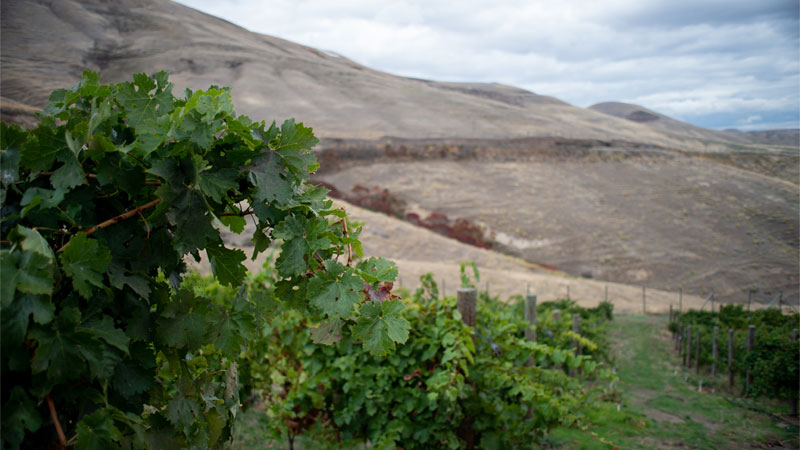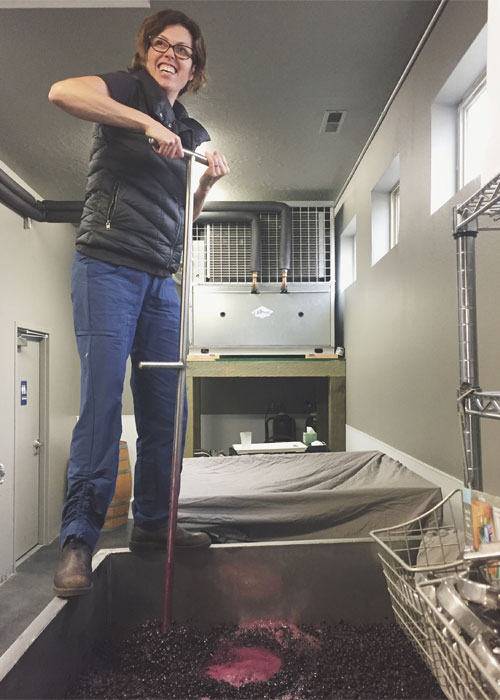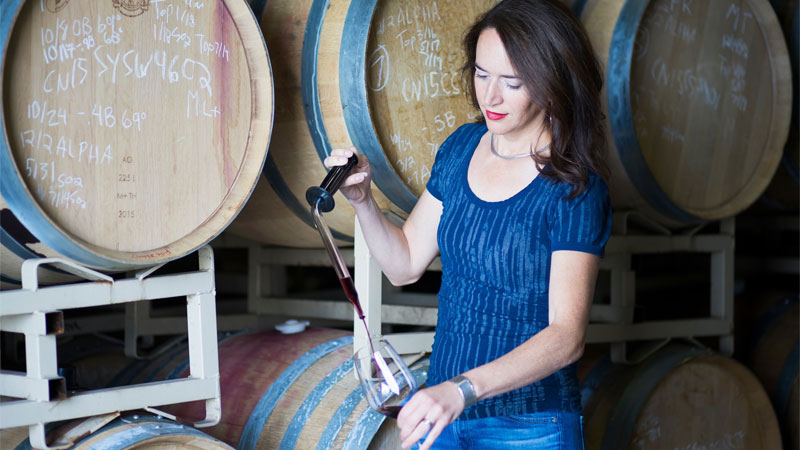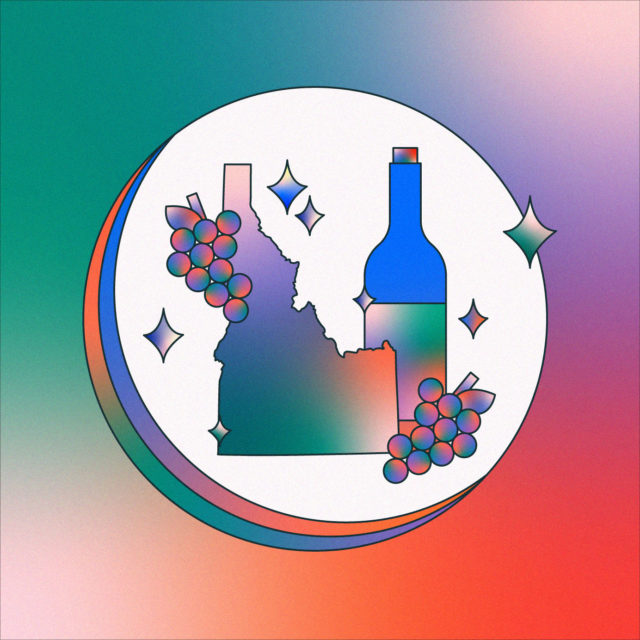When considering the landscape of American wine regions, Idaho isn’t the biggest, the most specialized, or the oldest. Instead, the proper superlative may be that Idaho is America’s most up-and-coming wine region. As this small-but-mighty area grows in production and prominence, Idaho is proving why the state should be famous for more than potatoes.
Grapes have graced the soils of Idaho for over 150 years, making it the Pacific Northwest’s oldest wine region. But the modern industry has struggled for several reasons. One is that there simply aren’t a lot of people around to appreciate it. With about 1.8 million souls residing in the state, Idaho’s total population ranks 39th in the nation, putting it well behind states like New York, Virginia, and Washington.

Idaho produces a relatively small quantity of wine — around 160,000 cases a year — which is less than some Napa Valley wineries crank out. And there’s a long-held belief that the quality of Idaho’s wine isn’t up to par. But all of that is starting to change.
“Boise is one of the fastest-growing cities in the country, which is helping to really propel the Idaho wine industry,” says Moya Shatz Dolsby, executive director of the Idaho Wine Commission.
Many of the people moving to or visiting the state are young, knowledgeable about wine, and open to trying new things. They’re visiting urban tasting rooms and the surrounding wine regions in droves, and, as Dolsby confirms, they’re loving the Syrahs, Rieslings, Tempranillos, and other bottles they’re finding. “People are proud of them,” she says, “and they want to bring them home to their families.”
The industry is also growing in size. There are now 60 wineries in the state, which is a 58 percent increase since 2010. Leslie Preston, who owns Coiled Wines in Garden City, left a job at Stags’ Leap Winery in Napa to return to her home state and make wine. She was initially drawn in by the promise of Idaho Syrah, but has found other grape varieties to be just as exciting and distinctive.

Beyond the fruit and the homecoming, Preston finds the trailblazing nature of Idaho’s wine industry exciting. “It was really appealing to me to work in an industry that was emerging,” she says. “Making wine didn’t feel impossible in Idaho, but it still felt very much like a new adventure and a big challenge. You can’t just start a brand on a little bit of money in Napa and Sonoma. It just doesn’t happen. I think it’s great that it’s still possible in Idaho.”
One limiting factor for Idaho wineries has long been the shortage of locally grown fruit, which has forced them to buy from nearby states. But the land planted to vine has doubled to 1,300 acres in the last 20 years — and, according to vintners such as Melanie Krause, co-owner and winemaker at Cinder Wines in Garden City, Idaho has an advantage over other wine regions when it comes to growing high-quality wine grapes.
“Some of the East Coast states have huge wine regions because they have huge populations, but they don’t have natural environments that are really great for growing European wine grapes,” she says. “Here, we have the right climate.”
Krause points out that Idaho is similar in elevation, rainfall, and temperature to Ribera del Duero, a famed Spanish region for Tempranillo, and there are also many similarities between Idaho’s Snake River Valley AVA and the Northern Rhône and interior parts of Italy.

All of this coincides with growing praise for the wines of this region. Clearwater Canyon Cellars in the Lewis Clark Valley was named 2020 Pacific Northwest Winery of the Year by Wine Press Northwest. It was the first time that honor had been bestowed on an Idaho winery. Coco Umiker, the winery’s co-owner and winemaker, says she believes the award will draw attention to the quality of Idaho wines as a whole.
The recognition doesn’t stop there. Both Clearwater Canyon and Cinder entered the TEXSOM International Wine Awards competition for the first time this year. Clearwater Canyon received the Judges’ Selection Medal (US State-Other, Red) for its 2017 Syrah. Cinder took home the Judges’ Selection Medal (US State-Other, White) for its 2018 Viognier.
These accolades provide further proof of something Umiker says she has always known: There’s something special happening here. “When wines are judged blind,” she says, “Idaho wines do well.” Clearwater Canyon recently built a new winery, and Umiker says the company’s best wines are yet to come. Given the growth and excitement around Idaho wine, it seems likely that holds true for the industry as a whole.
This story is a part of VP Pro, our free platform and newsletter for drinks industry professionals, covering wine, beer, liquor, and beyond. Sign up for VP Pro now!
